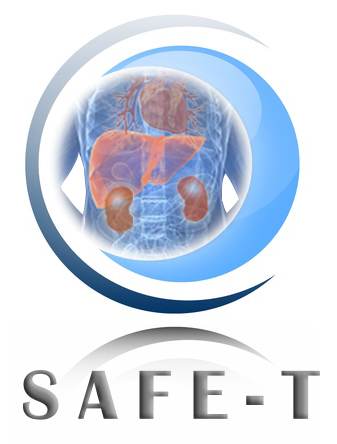Adverse drug reactions: significant cost to society
It is estimated that 197 000 deaths per year in the EU are caused by adverse drug reactions and that the total cost to society in the EU is €79 million. Among the side effects most challenging to drug developers and prescribers alike are drug-induced injuries to the kidney, liver and vascular system. By bringing together pharmaceutical companies, academic centres, and SMEs, SAFE-T has made a significant contribution to detecting such adverse reactions as early and accurately as possible during drug development, through the extensive characterisation of new markers in patients’ blood and/or urine (biomarkers). As well as having great potential to improve drug safety, these biomarkers could in the future also be applied to non-drug related diseases of the liver, kidney, and vascular system.
Letters of support from regulatory agencies
The project generated a vast amount of data on 105 initial biomarker candidates, of which more than 20 showed promising performance. The data on some of these biomarkers has been submitted to the European Medicines Agency (EMA) and the US Food and Drug Administration (FDA) and the agencies recently issued letters of support. The letters of support indicate that the new biomarkers have the potential for use in drug development, and that additional exploration and data generation is warranted. As such, the letters are designed to encourage scientists to collect additional data from nonclinical and exploratory clinical trials.
Other achievements: biobank and database
While the characterisation of the biomarkers is the most significant project achievement, SAFE-T also contributed to the field in other ways:
- The team defined and published a scientific strategy for the qualification of biomarkers, which will help improve the efficacy of future qualification efforts.
- The project created a biobank with serum, plasma and urine samples from more than 11 000 patients across 19 different populations. The biobank can now be used by other researchers for the qualification of additional safety biomarker candidates.
- The project set up a database with comprehensive data on 105 new biomarkers. The database will support further research on drug-induced kidney, liver and vascular injuries.

